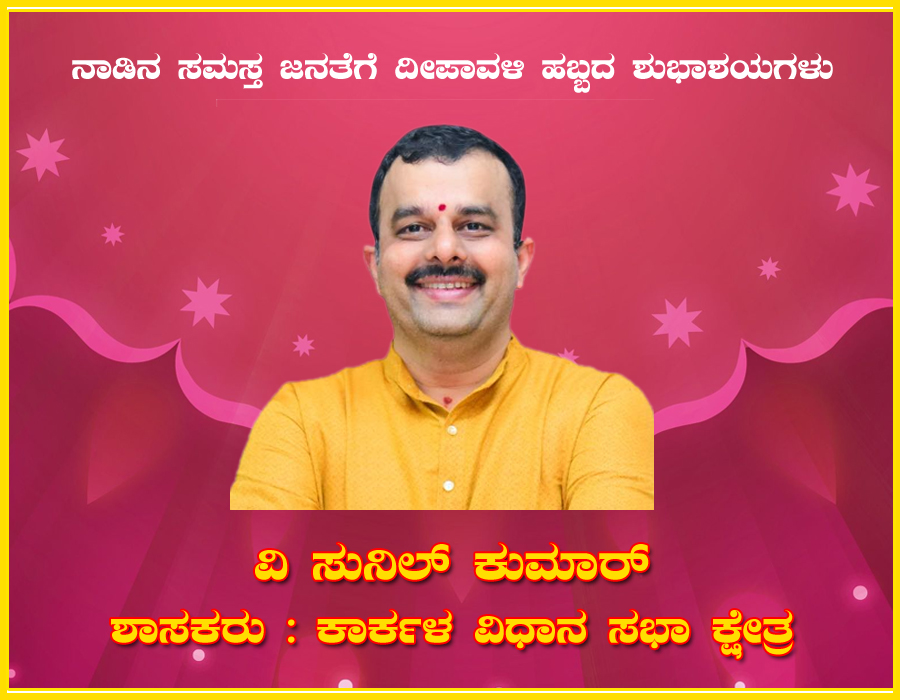Why Holi is celebrated
10:20 AM, Wednesday, March 27th, 2013 Popularly known as ‘Phagwah’ in Assam, ‘Dol jatra’ in West Bengal and ‘Fagu’ in Nepal, Holi is celebrated with different names and traditions across India. But the spirit of this festival remains the same across the length and breadth of the country.
Popularly known as ‘Phagwah’ in Assam, ‘Dol jatra’ in West Bengal and ‘Fagu’ in Nepal, Holi is celebrated with different names and traditions across India. But the spirit of this festival remains the same across the length and breadth of the country.
There are two legends associated with Holi. Originally, Indians celebrate this festival to commemorate the departure of winter and the beginning of the new season of spring, which brings good harvest.
The other legend according to Hindu mythology is that of the death of Holika, the sister of Hiranyakashipu – the King of Demons.
According to this legend, Hiranyakashipu was granted a unique boon by Brahma after a long penance. The boon made the King of Demons invincible, specifying that he cannot be killed during day or night; inside the home or outside, not on earth or in the sky; neither by a man nor an animal; neither by astra nor by shastra.
The king soon compelled people of his kingdom to worship him alone. It was his own son Prahlada- a devotee of Lord Vishnu- who rebelled against him.
Seeing this, the arrogant king ordered his own son to be killed. Despite Hiranyakashipu’s endless threats and warnings, Prahlada continued to offer his prayers to Lord Vishnu.
Hiranyakashipu tried to kill Prahlada many times – poisoned his food, made elephants walk over him but nothing could harm the little boy. The evil king then went a step ahead and locked his son in a room full of poisonous snakes. But yet again, he failed in his attempt.
When all his efforts failed, Hiranyakashipu ordered Prahlada to sit on a pyre with his sister Holika, who was gifted with a boon that prevented her from getting burnt. The obedient boy readily agreed to his father’s command. As he sat on his aunt Holika’s lap, he started praying to Lord Vishnu for his safety. The Almighty’s blessings saved Prahalada while Holika was burnt to death, thereby surprising one and all.
The death of Holika symbolises the end of evil. And hence, people across the nation celebrate Holi with utmost fervour, by using myriad colours, to celebrate the victory of good over evil.
On the eve of Holi, Hindus light up a public bonfire –‘Holika Dahan’, thereby symbolically setting ablaze all the wrongs and the vices that represent evil. And on Holi, people play with colours that are called abeer and gulal.
In Assam, Holi is popularly called ‘Deol’. Here is why Holi is celebrated
In Manipur, Holi is celebrated for six days, and it merges with their centuries-old festival of ‘Yaosang’.
Holi, along with Basanta Panchami, is also celebrated with a lot of pomp and show in Andhra Pradesh for two days. In rural Karnataka, children visit houses to collect money and wood for a few weeks before the festival of Holi.
In Bengal, Holi is celebrated as ‘Dol Purnima’ in a grand way by placing the idols of Krishna and Radha on a decked palanquin.
Uttar Pradesh’s ‘Lath Mar Holi’ is very famous throughout India. Many people gather to see women chasing men with sticks while singing songs about Lord Krishna and Radha. Here is why Holi is celebrated
Indians celebrate the festival of colours with great zeal, and rejoice the triumph of the innocent young boy Prahlad’s devotion. Holi, in the end, is all about the eradication of evil from the face of the earth. And in the country, the enthusiasm that the festival is celebrated with is absolutely unparallel.
Simillar Posts
Warning: count(): Parameter must be an array or an object that implements Countable in /home/megamcaq/public_html/wp-content/plugins/post-plugin-library/common_functions.php on line 357
- None Found
Leave a Reply
© Copyright 2008 www.megamedianews.com All Rights Reserved. Privacy Policy








 Posted in
Posted in  Tags:
Tags: 






